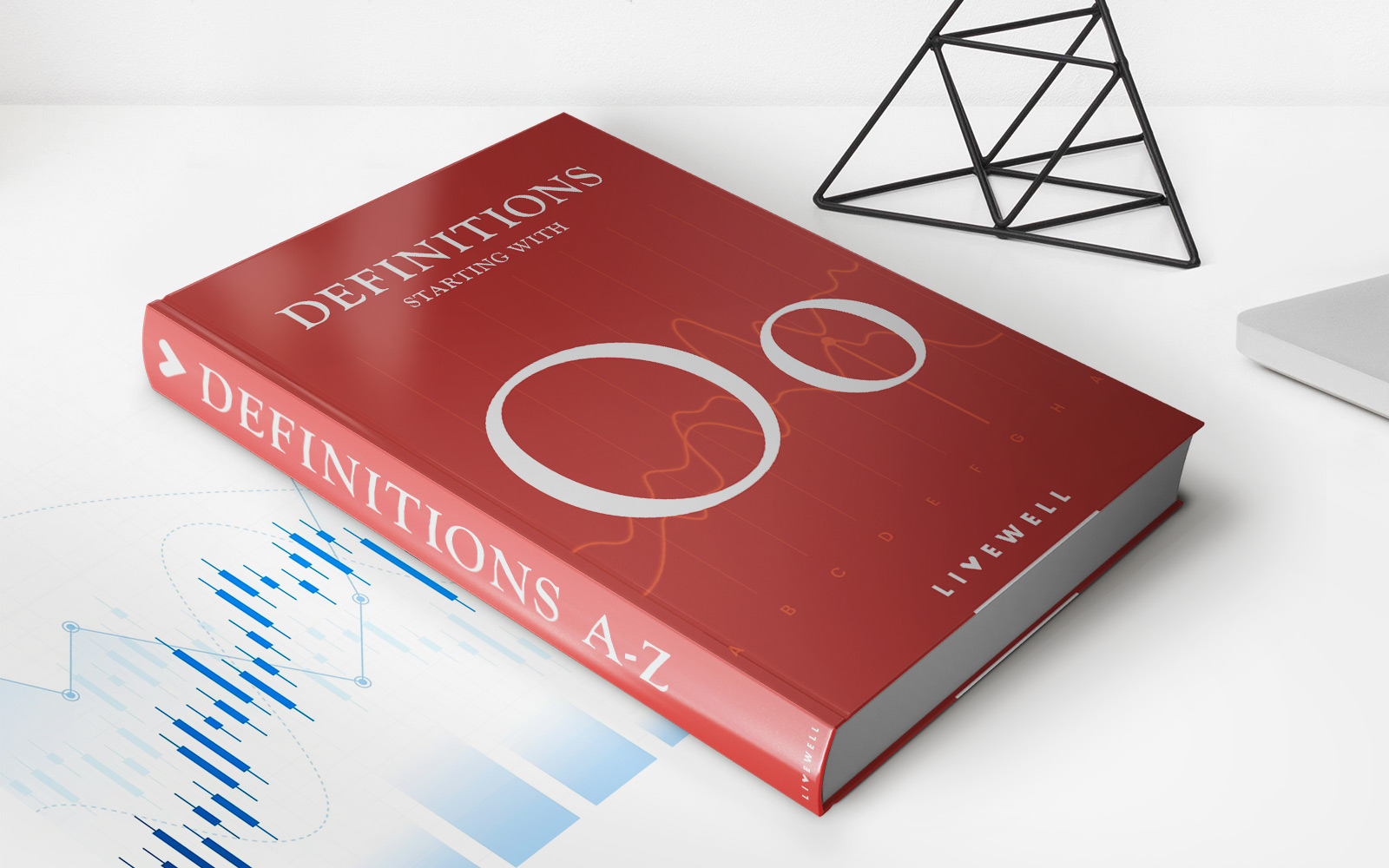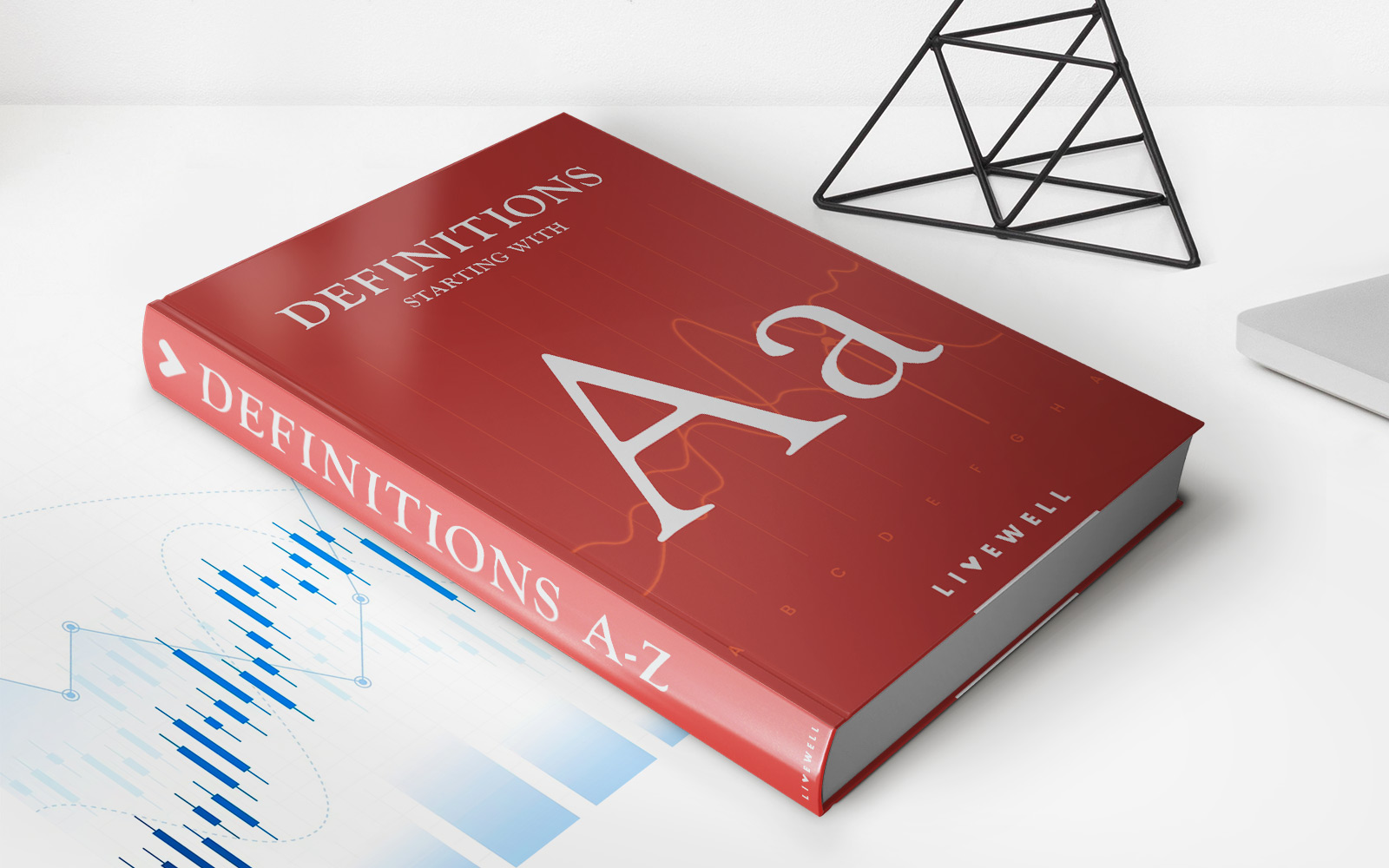

Finance
What Is A Minimum Payment For A $500,000 Home
Published: February 26, 2024
Learn about the minimum payment for a $500,000 home and how it impacts your finances. Understand the financial implications and make informed decisions.
(Many of the links in this article redirect to a specific reviewed product. Your purchase of these products through affiliate links helps to generate commission for LiveWell, at no extra cost. Learn more)
Table of Contents
Introduction
Purchasing a home is a significant milestone for many individuals and families. When considering a home valued at $500,000, it's essential to understand the financial responsibilities associated with such a substantial investment. One crucial aspect of home ownership is the minimum payment, which plays a pivotal role in managing mortgage obligations.
Understanding the concept of minimum payments is vital for homeowners, as it directly impacts their financial planning and long-term stability. In the context of a $500,000 home, the minimum payment represents the minimum amount that must be paid each month to fulfill the mortgage obligations. This payment typically includes a portion of the principal amount borrowed, the interest accrued, and may encompass additional expenses such as property taxes and insurance.
In this comprehensive guide, we will delve into the intricacies of minimum payments for a $500,000 home, exploring the factors that influence these payments and the importance of making more than the minimum payment. By gaining a deeper understanding of these concepts, homeowners can make informed decisions that align with their financial goals and aspirations.
Understanding Minimum Payments
Minimum payments are the smallest amount a borrower must pay each month to satisfy the terms of a loan or mortgage. For a $500,000 home, the minimum payment encompasses various components, including the principal, interest, property taxes, and insurance. It is crucial for homeowners to comprehend the breakdown of these elements to gain clarity on their financial obligations.
When it comes to mortgages, the minimum payment consists of both principal and interest. The principal is the original amount borrowed to purchase the home, while the interest is the cost of borrowing the money. In addition to these core components, property taxes and insurance may be included in the minimum payment, especially if the mortgage lender manages an escrow account to cover these expenses on behalf of the homeowner.
Understanding the composition of the minimum payment is essential for homeowners to effectively manage their budget and avoid any surprises related to their mortgage obligations. By comprehending the breakdown of the minimum payment, individuals can make informed decisions about their finances, ensuring that they meet their monthly obligations while also planning for the future.
Moreover, gaining insight into minimum payments empowers homeowners to assess the long-term financial implications of their mortgage. By understanding how much of each payment goes towards the principal and how much is allocated to interest, individuals can strategize to pay off their mortgage faster and potentially save on interest costs over the life of the loan.
Factors Affecting Minimum Payments
Several key factors influence the minimum payments for a $500,000 home, shaping the financial obligations of homeowners. Understanding these factors is crucial for individuals seeking to manage their mortgage responsibilities effectively.
- Interest Rate: The interest rate on the mortgage significantly impacts the minimum payment. A higher interest rate leads to larger interest charges, thereby increasing the overall minimum payment.
- Loan Term: The duration of the loan, commonly referred to as the loan term, affects the minimum payment. Shorter loan terms often result in higher monthly payments but lower overall interest costs, while longer loan terms may offer lower monthly payments but higher total interest expenses.
- Property Taxes and Insurance: If property taxes and insurance are managed through an escrow account by the mortgage lender, these expenses will be factored into the minimum payment. Changes in property tax rates or insurance premiums can impact the overall minimum payment amount.
- Down Payment: The size of the down payment made at the time of home purchase influences the minimum payment. A larger down payment can result in a lower loan amount, potentially reducing the minimum monthly payment.
- Private Mortgage Insurance (PMI): For borrowers who provide a down payment of less than 20% of the home’s value, private mortgage insurance may be required. The cost of PMI adds to the minimum payment until the homeowner reaches a certain level of equity in the property.
- Adjustable-Rate vs. Fixed-Rate Mortgage: The type of mortgage, whether fixed-rate or adjustable-rate, impacts the minimum payment. Adjustable-rate mortgages may lead to fluctuations in monthly payments based on changes in interest rates, while fixed-rate mortgages offer stable payments throughout the loan term.
By considering these factors, homeowners can gain a comprehensive understanding of the elements that contribute to their minimum payments. This knowledge enables them to make informed decisions about their mortgage, budget effectively, and plan for any potential changes in their financial obligations.
Calculating Minimum Payment for a $500,000 Home
Calculating the minimum payment for a $500,000 home involves considering various financial components that contribute to the overall obligation. To determine the minimum payment, it is essential to understand the breakdown of the principal, interest, property taxes, and insurance, as well as any additional expenses that may be included in the monthly payment.
When estimating the minimum payment for a $500,000 home, the principal and interest constitute the core components. The interest rate on the mortgage significantly influences the amount of interest paid each month, subsequently impacting the minimum payment. Additionally, property taxes and insurance, if managed through an escrow account, are factored into the minimum payment, contributing to the overall obligation.
Private mortgage insurance (PMI) is another factor that may affect the minimum payment calculation, particularly if the down payment is less than 20% of the home’s value. PMI is typically added to the minimum payment until the homeowner achieves a certain level of equity in the property, further influencing the monthly obligation.
Moreover, the type of mortgage, whether fixed-rate or adjustable-rate, plays a significant role in calculating the minimum payment. Fixed-rate mortgages offer stable and predictable payments throughout the loan term, while adjustable-rate mortgages may lead to fluctuations in monthly payments based on changes in interest rates, impacting the overall minimum payment amount.
By considering these factors and leveraging mortgage calculators or consulting with mortgage professionals, homeowners can accurately estimate the minimum payment for a $500,000 home. Understanding the intricacies of these calculations empowers individuals to plan their finances effectively, budget for their mortgage obligations, and make informed decisions about their homeownership journey.
Importance of Making More than the Minimum Payment
While meeting the minimum payment requirement is essential for fulfilling mortgage obligations, making more than the minimum payment can yield significant long-term benefits for homeowners, particularly for a $500,000 home. By allocating additional funds towards their mortgage, homeowners can expedite the repayment process and achieve financial milestones more efficiently.
One of the primary advantages of making more than the minimum payment is the potential to reduce the overall interest costs. By paying down the principal balance at an accelerated pace, homeowners can minimize the amount of interest accrued over the life of the loan, ultimately saving a substantial sum in interest expenses.
Furthermore, making extra payments towards the mortgage enables homeowners to build equity in their property at a faster rate. Equity represents the portion of the home that the homeowner truly owns, and by increasing equity through additional payments, individuals can strengthen their financial position and potentially access more favorable terms for future financing or refinancing endeavors.
Another compelling reason to make more than the minimum payment is the ability to shorten the loan term. By consistently contributing extra funds towards the mortgage, homeowners can effectively reduce the time it takes to pay off the loan, allowing them to achieve debt-free homeownership sooner and freeing up financial resources for other pursuits.
Moreover, making additional payments affords homeowners a sense of financial security and peace of mind. By proactively reducing their mortgage balance, individuals can position themselves for a more stable and resilient financial future, mitigating the impact of economic fluctuations and unexpected expenses.
Ultimately, making more than the minimum payment for a $500,000 home empowers homeowners to take control of their financial destiny, minimize interest costs, build equity, expedite the path to debt-free homeownership, and enhance their overall financial well-being.
Conclusion
Understanding the intricacies of minimum payments for a $500,000 home is paramount for homeowners embarking on their homeownership journey. By grasping the components that contribute to the minimum payment and the factors that influence its calculation, individuals can make informed decisions about their mortgage obligations and financial planning.
While the minimum payment represents the baseline requirement for meeting mortgage obligations, the significance of making more than the minimum payment cannot be overstated. By allocating additional funds towards their mortgage, homeowners have the opportunity to reduce interest costs, build equity at an accelerated pace, shorten the loan term, and strengthen their financial foundation.
Factors such as the interest rate, loan term, property taxes, insurance, down payment, and mortgage type all play a pivotal role in shaping the minimum payment for a $500,000 home. By considering these elements and leveraging financial tools and professional guidance, homeowners can accurately estimate their minimum payment and plan their finances effectively.
Ultimately, the decision to make more than the minimum payment is a proactive step towards achieving long-term financial stability and freedom. It empowers homeowners to take control of their mortgage, minimize interest expenses, and work towards the goal of debt-free homeownership, fostering a sense of security and resilience in the face of future financial endeavors.
In conclusion, the journey towards homeownership involves not only understanding the minimum payment requirements but also embracing the opportunity to go beyond the minimum and pave the way for a more prosperous and financially secure future.














